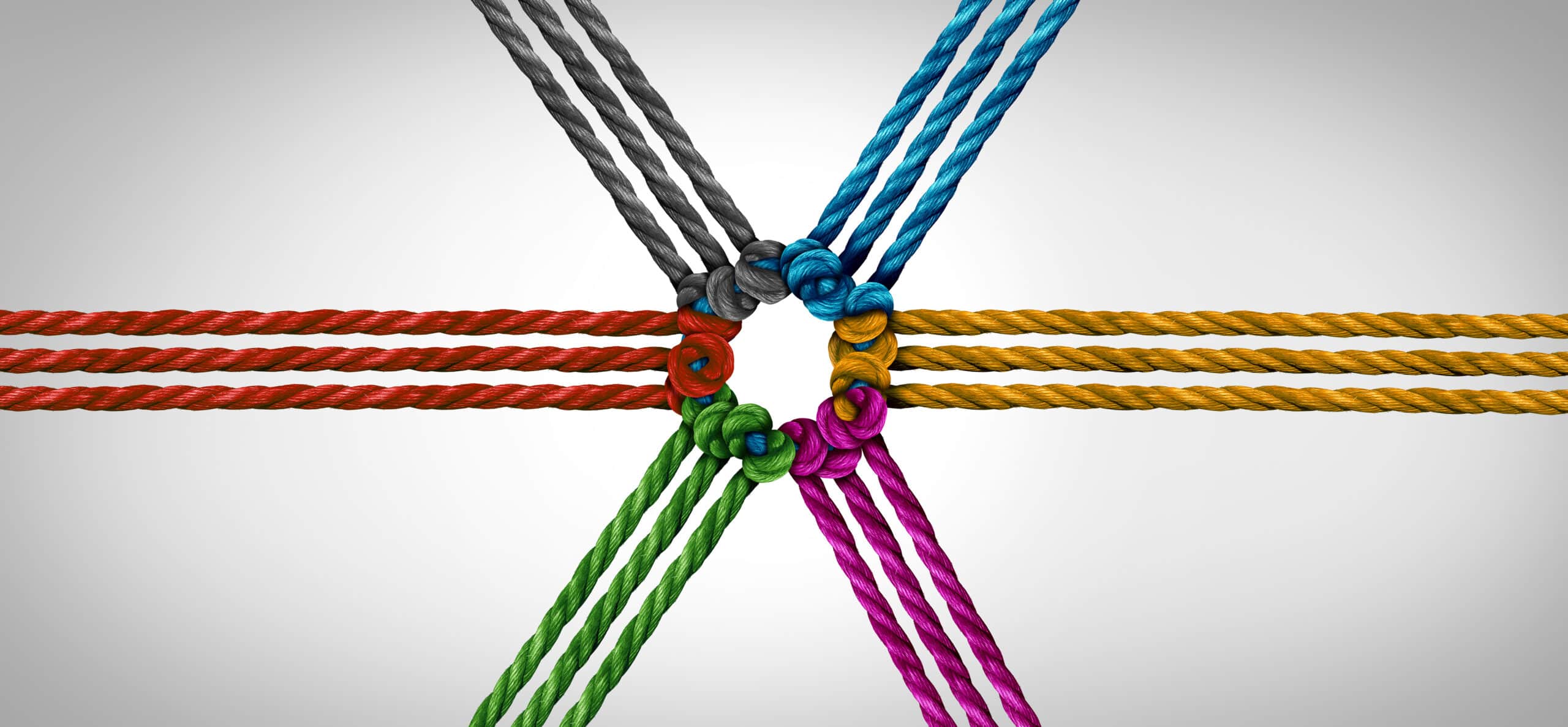Mike Pelfini — 01 August 2023

Creating the Conditions for Great Teamwork. Great teamwork needs a compelling direction, a strong structure, and a supportive context.
Teamwork is a fundamental part of human nature. Some anthropologists have argued that teamwork is what sets modern humans apart from other competing groups, like Neanderthals. Recent studies suggest that Neanderthals were probably just as brainy, and more powerfully built than modern humans. But our ability to cooperate won the day. Teams really do outperform individuals.
Though we may romanticize the notion of the “lone genius” making solitary breakthroughs, research shows that teams of three to five people consistently outperform the most capable individuals.
Teamwork Leads to Success
Success comes from teamwork. Individuals working together are better at processing information, identifying correct strategies, and rejecting incorrect ones.
In addition, diverse teams (in terms of age, gender, race, culture, etc.) consistently outperform homogenous ones. Diversity improves teamwork by challenging assumptions, avoiding “groupthink,” and pushing innovation.
The “Enabling Conditions” for Successful Teamwork
- Richard Hackman, a pioneer in organizational behavior, identified three “enabling conditions” for successful teamwork:
- A compelling direction,
- A strong structure, and
- A supportive context.
Hackman’s ideas continue to resonate to this day. Let’s take a look at each of his “enabling conditions” for successful teamwork and consider how they can be applied in organizations today.
Teamwork Needs a Compelling Direction
The first enabling condition for good teamwork is compelling direction. It’s the roadmap that answers the question, “Where are we going and how are we getting there?”
The direction needs to be clearly and simply stated, without extra baggage. The goal should not turn into a wishlist. Author Jim Collins likes to say, “If you have more than three priorities, you don’t have any.” In other words, keep it simple!
Having a clear, simple goal also simplifies tracking progress – the “how are we getting there?” part of the equation. Sharing clear goals with well defined progress markers makes teamwork easier. The shared goals help bring people together in a common effort, while clear progress markers let team members know they’re going in the right direction.
A compelling direction needs more than clarity and simplicity, though. To be truly compelling the goal should motivate team members’ best efforts. Those may come through extrinsic rewards such as recognition or promotion, intrinsic rewards such as satisfaction and a sense of meaning, or a combination of the two, based on growth mindset.
Teamwork Needs a Strong Structure
The second enabling condition for great teamwork is a strong structure. These “structural elements” include things like:
- The number and mix of team members,
- The assignment of tasks within the team, and
- The norms of behavior expected from team members.
Mix and Numbers. As noted at the beginning, small groups with diverse membership outperform both brilliant individuals and homogenous groups.
The trick lies in getting the mix right. The team needs a good mix of skills and personalities, but it shouldn’t become so large that it loses cohesion. One useful tool is to set a firm size limit and only admit new team members when releasing others.
Assignment of Tasks. The assignment of tasks can have a major impact on teamwork. Team members need to feel their contributions are consequential and valued, in order to motivate best efforts.
A useful tool is to assign concrete tasks and give each team member, or subgroup, the autonomy to manage that task through to completion. Completing a task is generally more satisfying than merely working on pieces of a task.
Norms of Behavior. Having clear “rules of the road” is a third element for a strong team structure. These are the guardrails that keep team members working together smoothly. To be effective, team leaders and managers should be modeling the “rules of the road” themselves.
The rules should be clear, explicit, and few. While ideas like “respect,” “integrity,” and “cooperation” may sound good, they can be interpreted in many ways. A better approach can be to have a few simple rules, like: “We always come to meetings on time,” or “We let everyone speak,” or “We don’t interrupt.”
Teamwork Needs a Supportive Context
The final piece of the puzzle for successful teamwork is a supportive context. In a nutshell, that means the organization must provide the team necessary resources and encouragement. These can include:
Material support. While not all wishes can be granted, team members need access to the tools essential to the job.
Access to information. This may seem like a no-brainer, but ensuring access to relevant and timely information means that the organization has reached the point of “buy in” to the goals of the team. Without it, teamwork will suffer.
Performance recognition. Team members will be more motivated if their efforts are recognized. Performance evaluations and rewards can be tailored to the clear, simple progress markers established at the beginning of the team project.
By taking these foundational steps, your organization can create the conditions for outstanding teamwork no matter the type of project involved. Simplicity and clarity are the keys to creating a structure that allow the team and its individual members to do their very best work. If you and your organization would like to discuss teamwork and team building, feel free to reach out.
===================================
ForeMeta is a place where business leaders learn about self-leadership and about leading their teams and organizations. We offer both individualized coaching or group coaching to help you, your teams, and your organization achieve greater success and fulfillment. Please contact Mike@ForeMeta.com


